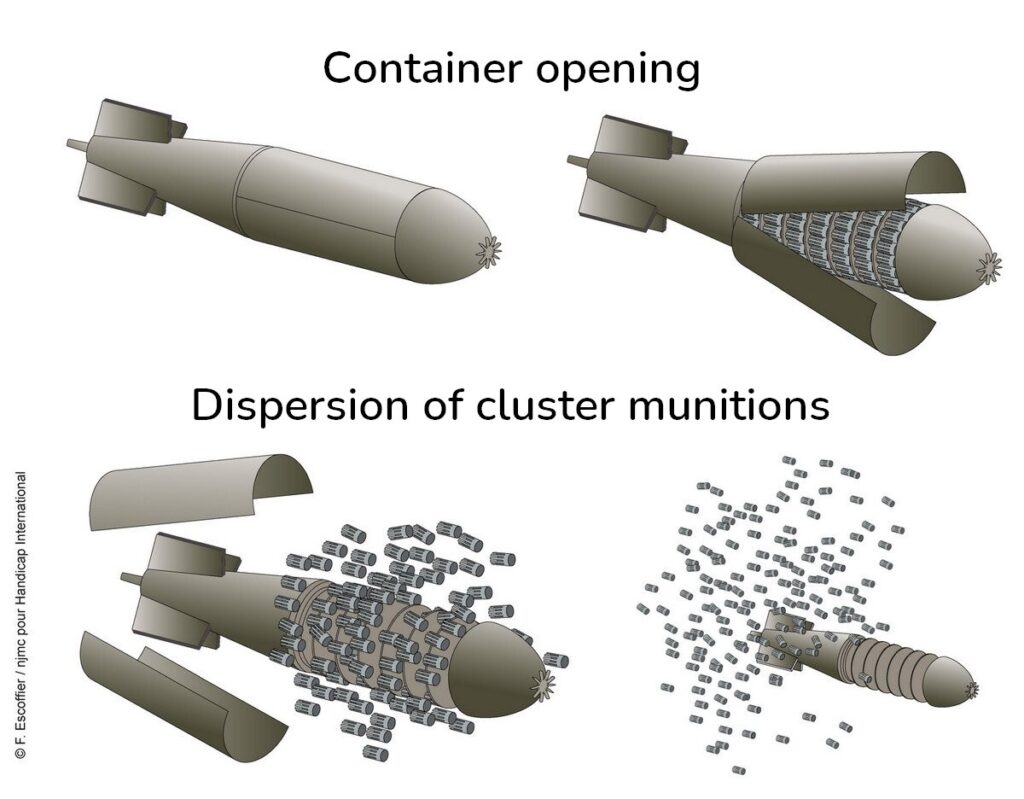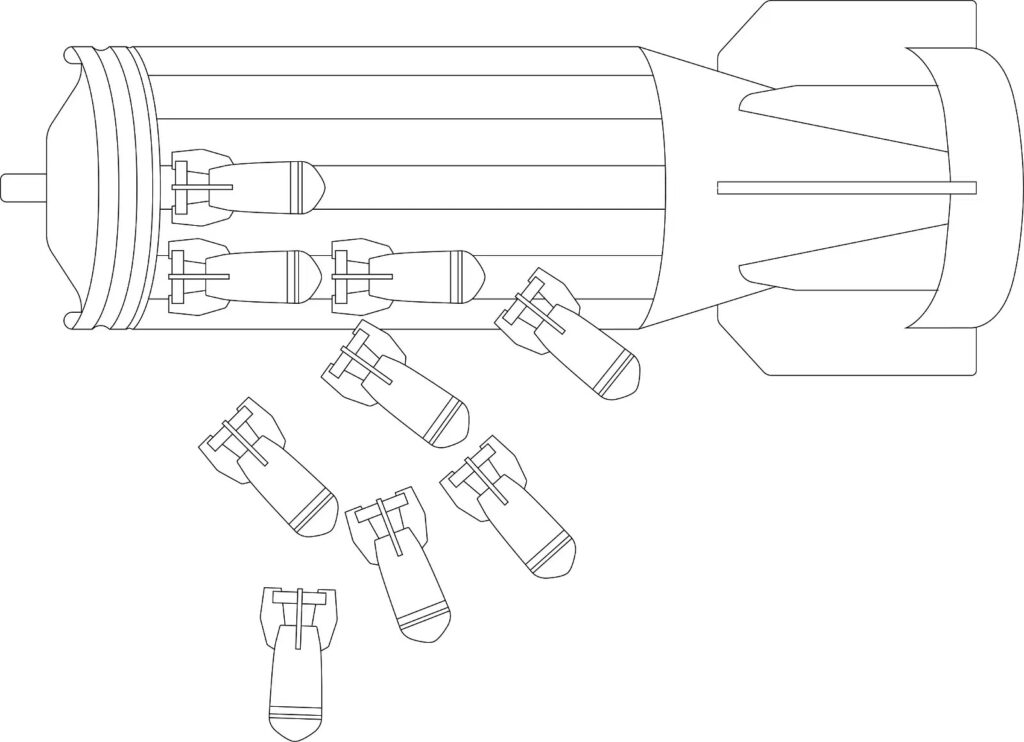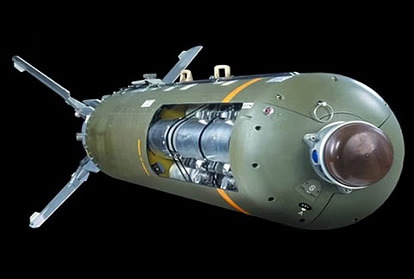By – Shubhendra Singh Rajawat
The ongoing Iran-Israel war has entered its eighth day with intensified attacks from both sides. Israel has now accused Iran of using cluster bombs during a missile strike on Israeli cities, including Tel Aviv and Jerusalem. If true, this marks the first use of cluster munitions in the current conflict, further escalating tensions and raising international concern.
The Israeli military alleges that Iran intentionally used these controversial weapons to target civilian areas, describing the move as a violation of international humanitarian norms. Iran has not officially responded to the accusation.
This development has drawn global attention to the deadly and controversial nature of cluster bombs—weapons that are banned under an international treaty signed in 2008 by over 100 countries. But what exactly are cluster bombs, why are they so dangerous, and where have they been used before?
What Is a Cluster Bomb?
A cluster bomb is a type of explosive weapon that releases dozens or even hundreds of smaller submunitions, or “bomblets”, over a wide area. These bomblets are designed to detonate on impact, causing extensive damage not just to the intended target but also to surrounding infrastructure and people.
They can be launched from the air via fighter jets or drones, or from the ground using artillery shells, rockets, or missiles. The intent is often to damage concentrations of troops, vehicles, or facilities spread over a larger area.

How Are They Launched?
Cluster bombs can be deployed through:
- Long-range artillery shells
- Air-dropped bombs from aircraft
- Missile systems
- Multiple rocket launch systems (MLRS)
For example, the M26A1/A2 variant of a rocket system can carry up to 518 submunitions in a single launch. The M864 artillery shell can deliver 76 bomblets over a target zone.
Why Are Cluster Bombs So Dangerous?
One of the most alarming aspects of cluster bombs is that many submunitions fail to explode immediately, remaining hidden and dangerous for years. These unexploded bomblets can be triggered by civilians during daily activities, leading to severe injuries or deaths even decades later.
Human rights groups and the International Committee of the Red Cross (ICRC) have highlighted that a significant portion of casualties caused by cluster bombs are civilians, with children being disproportionately affected.
A 2021 report stated that over 60% of victims were injured or killed during routine activities such as farming, playing, or walking, and one-third were children.

Why Are Cluster Bombs Controversial?
In 2008, the Convention on Cluster Munitions (CCM) was signed in Dublin, banning the use, production, transfer, and stockpiling of these weapons. To date, over 100 countries have signed the treaty. However, some major military powers have refused to sign, including:
- United States
- Russia
- China
- India
- Pakistan
- Israel
According to the Cluster Munition Coalition, over 99% of global stockpiles of cluster bombs held by member states have since been destroyed. Despite this, reports of usage continue to surface.
Where Have Cluster Bombs Been Used?
The first recorded use of cluster munitions dates back to World War II in 1943, when the Soviet Union and Nazi Germany deployed them during battle.
Since then, cluster bombs have been used in at least 15 major conflicts, including:
- Vietnam War
- Iraq Wars
- Afghanistan (by the U.S. against Taliban fighters)
- Syria
- Yemen
- Lebanon and Gaza (allegedly by Israel)
- Laos and Cambodia
In recent years, cluster munitions were reportedly used by:
- Russia during its 2022 invasion of Ukraine, targeting civilian zones.
- Ukraine, which also allegedly used cluster munitions to reclaim occupied territories. Both countries, however, deny such allegations.

Global Reaction
While many nations have called for restraint and urged adherence to humanitarian laws, enforcement remains difficult as the major military powers remain outside the cluster bomb ban treaty.
Humanitarian organizations argue that cluster bombs are inherently indiscriminate, especially in populated areas, and their continued use constitutes a violation of international human rights and war conduct.
Conclusion
The alleged use of cluster bombs by Iran in its attacks on Israel could set a dangerous precedent in the ongoing conflict. As the war escalates and civilian areas come under increasing threat, global attention is once again focused on the urgent need for stricter enforcement and universal adoption of the Cluster Munitions Convention.
The international community now faces a critical test: will it hold accountable those who violate the norms of warfare, or will cluster bombs continue to haunt future generations long after the fighting stops?
Follow Viral Planet News for the latest updates on the Iran-Israel conflict and other major global stories.

